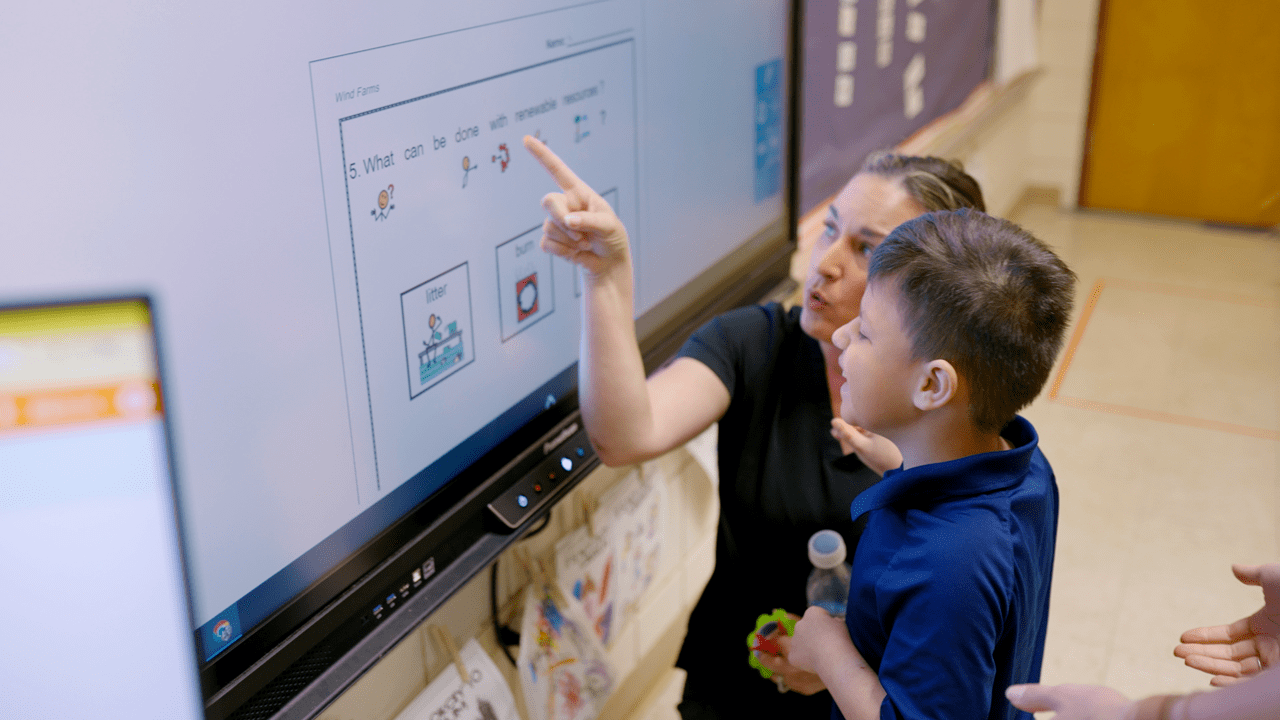You can read more on this topic in the following articles in the series:
- Traveling with Children with Special Needs
- Travel and Medical Access
- Travel and Communication Access
Bookmark this page so you can follow the series and come back to it for easy reference when you need a refresher.
Thanks to the Americans with Disabilities Act (ADA), most public places are accessible to travelers, including those with disabilities. The law prohibits discrimination against people with disabilities, which means you’ll find:
- Ramps at restaurants
- Elevators at hotels
- Wheelchair lifts and tie-downs in ADA-compliant city buses
- Braille displays on signage to identify most rooms in a building
- And many other accommodations to support people with special needs
In many ways, the increased accessibility over the past few decades has made travel much easier for everyone, not only individuals with disabilities. This phenomenon reflects the principle of universal design, the idea that places and products should be designed to be accessible and understood to the greatest extent possible by all people—regardless of their age, size, ability, or disability. For example, elevators are convenient and useful for all people, not only people with limited mobility who may struggle to navigate stairs.
Most hotels, restaurants, and popular tourist sites have updated their physical infrastructure to ensure safe access. And, whether you’re planning to travel by plane, train, or car, you’re likely to find transportation options designed to accommodate persons with physical disabilities.
Yet, travel is nuanced by situational differences. For example, private residences are not covered under ADA, so if you are staying at a rental home at your destination site, a family member with limited mobility may or may not be able to access the home easily. The key to a successful trip is advance planning for personal access, challenges, or preferences.
We’ve put together 4 tips for you to consider as you plan your trip with your child with accessibility needs, focusing specifically on safe physical access.
Planning a Trip with Your Child with Physical Access Needs
1. Call Ahead to Ensure Appropriate Accommodations
Physical access to buildings has improved greatly over the years. Still, if you are doubtful about the accessibility of a restaurant, business, or building, it is well worth an email or phone call to ensure your plans are protected from interruption. Even with a phone call or email, well-intentioned individuals may not understand exactly what accessibility means for your family.
For example, you may need to clarify that your child uses a power wheelchair and not a manual wheelchair, which could impact some transportation options. Some people don’t understand what it means for a restroom to be accessible—ask about a larger stall, raised toilet seats, and grab bars. Or, you might need to ask if there are any curbs to navigate or steps to enter, and if so, if there is a ramp nearby.
2. Look for Companion Care Restrooms
Personal care during travel is essential for everyone. If you are traveling with a child who is not independent with toileting, look for family or companion restrooms. Many shopping malls, airports, sports arenas, and theme parks have these larger, private, and better-equipped restrooms for customers’ comfort. If you are unsure if the destination facility has accessible or companion facilities, visit the venue’s website or call to inquire. Further, knowing the physical location of the restroom your family needs could provide great comfort during your stay. Is the companion care restroom with the first-aid station? Is there only one at the stadium? Understanding the location can mean one less hurdle for you and your child.
3. Make Hotel Reservations Early
Hotels often have a limited number of accessible rooms available for reservations on a first-come, first-served basis. If your travel plans involve a hotel stay, ask about accessibility, including safe passenger drop-off and accessible parking, taxis, buses, and shuttle services. Will you have elevator access, zero-entry showers, raised toilet seats, dining options, and other accessible guest accommodations relevant to your stay? A telephone call or email to the venue will shed light on unpublished services to enhance your customer experience. If your child has complex needs, and your stay will include a hotel or resort, consider asking if the facility has a physician on staff or on call. It will be beneficial to have knowledge of your medical options in case your trip includes a medical event.
4. Consider Air Travel Options
Traveling by air can be challenging for some children who use wheelchairs, as current Federal Aviation Administration (FAA) regulations do not allow passengers to remain in their wheelchairs during the flight. Some wheelchairs are permitted in the main cabin of the plane, and others, like power wheelchairs, must be stored below with special consideration taken for the type of battery. Air travel is still possible and doesn’t have to be a huge headache, though. Here are a few pointers to keep in mind:
- Use an FAA‑approved car seat for your child to sit in during the flight. The FAA does allow certain special needs car seats on planes. Just check in advance with your airline.
- Use an approved five-point harness to attach to the seat of the plane to assist children with limited upper body control. The CARES harness is one example of an FAA‑approved device. It must be approved in advance, so be sure to call ahead.
- Book direct flights (if possible) to avoid boarding twice.
- Bring any necessary transfer equipment, such as transfer straps or sliding boards.
- Reserve an aisle seat if possible.
Ensuring physical access is possible with some planning and a few phone calls!
What’s Next
The next article in our travel series, Travel and Communication Access, will focus on communication considerations as you make your final set of preparations for your journey!


